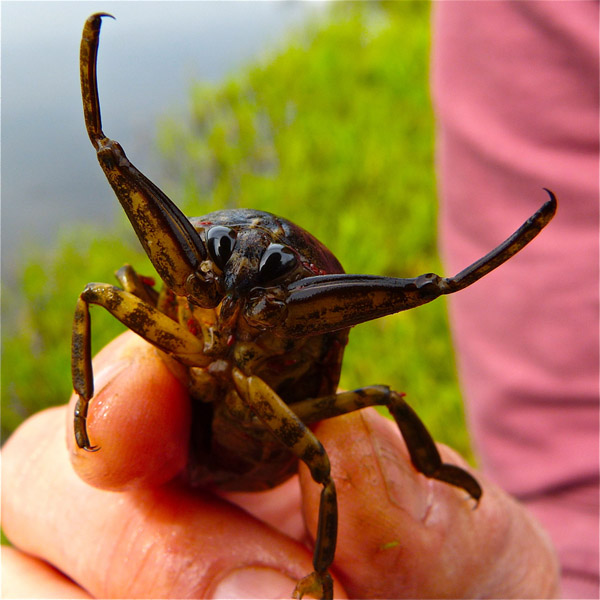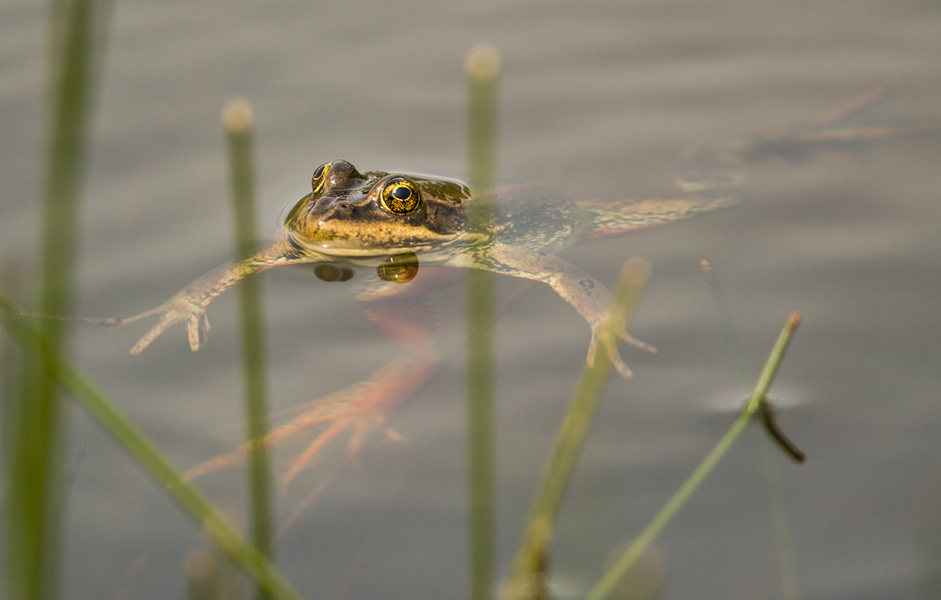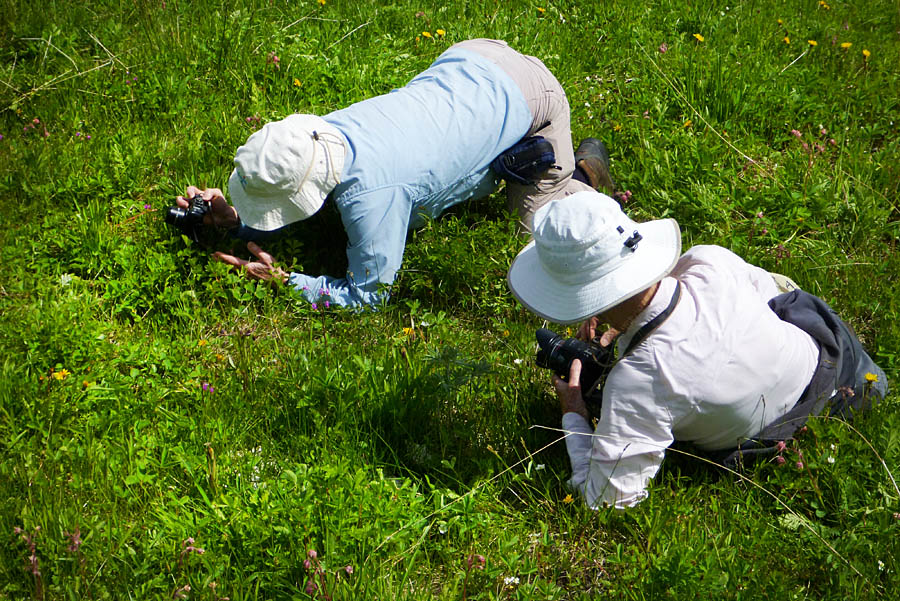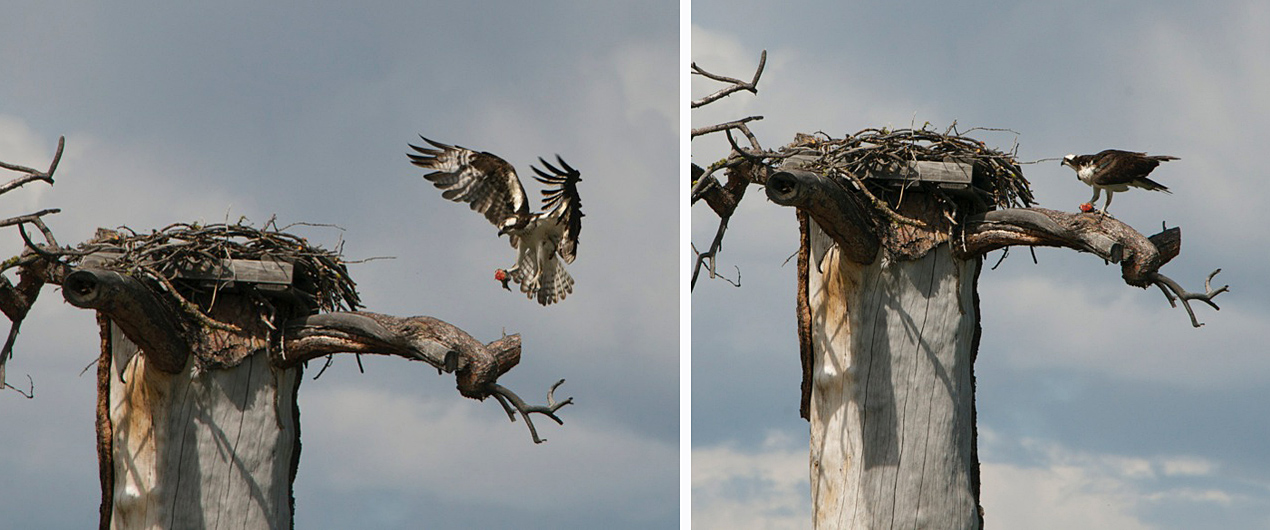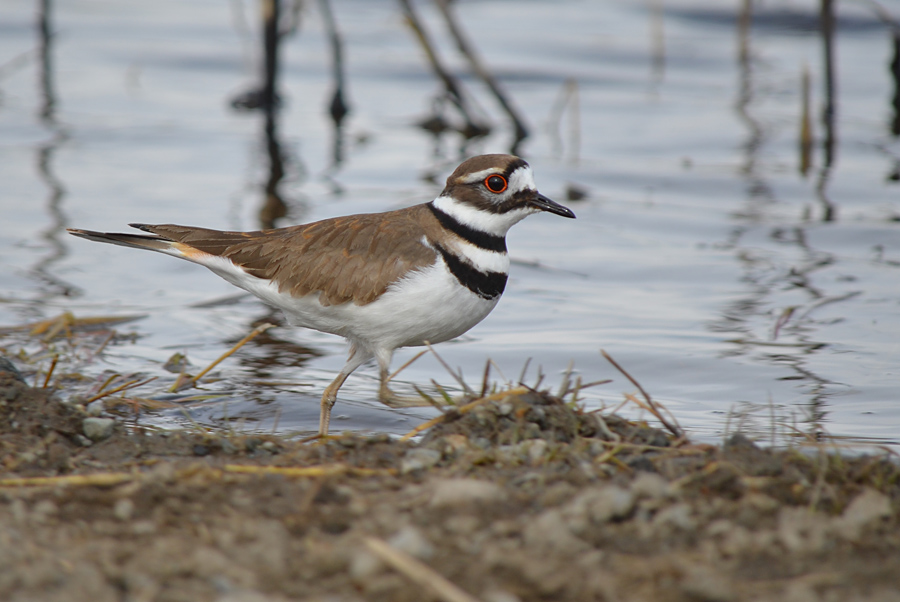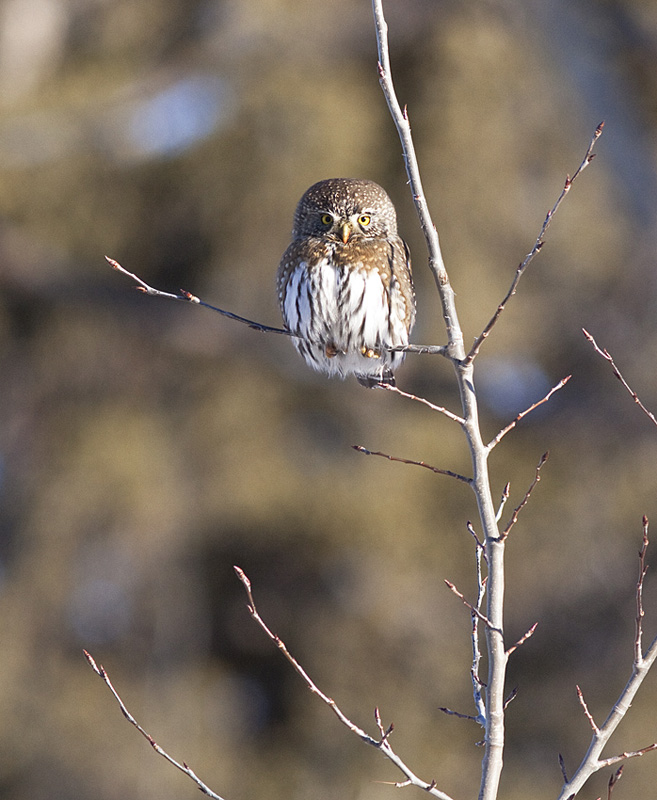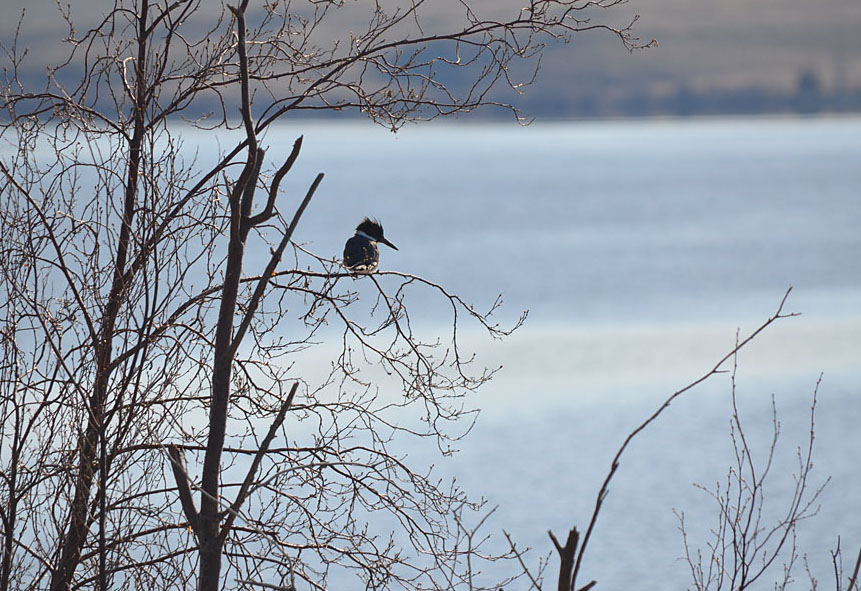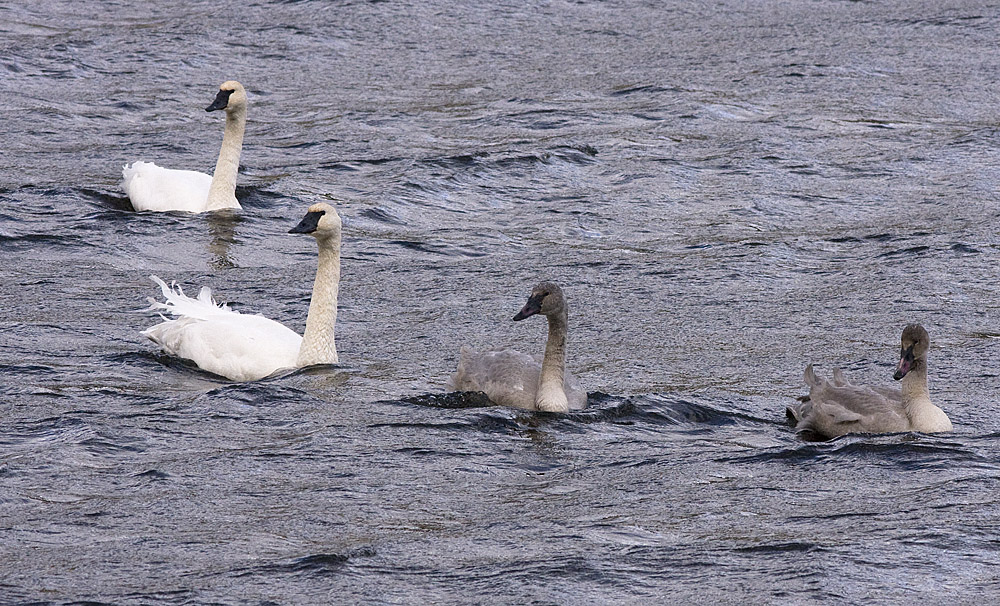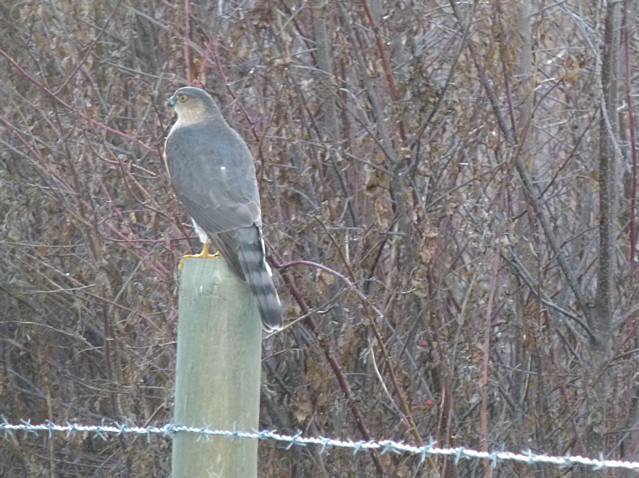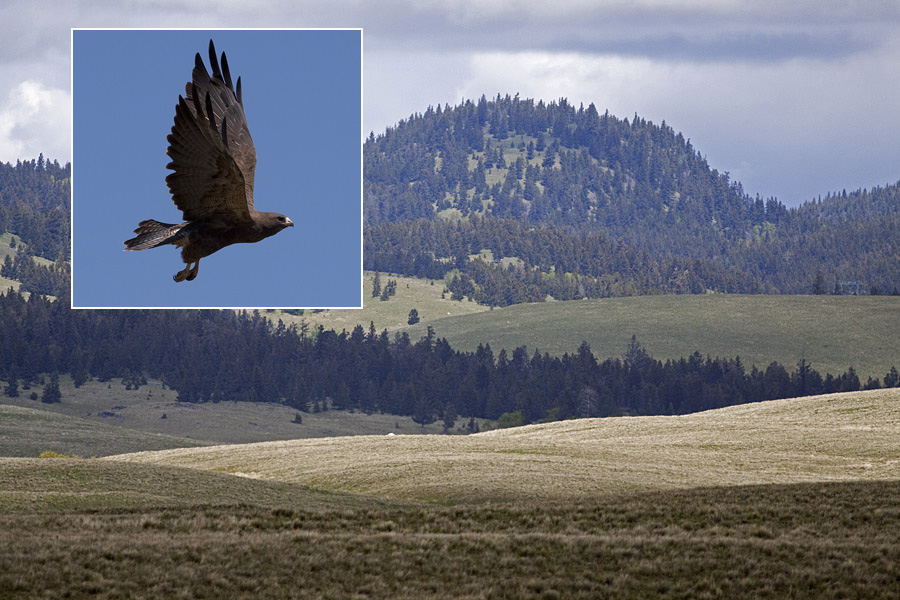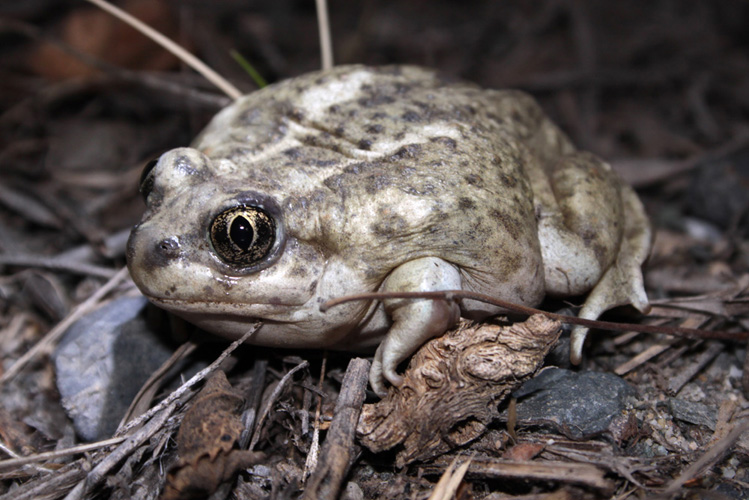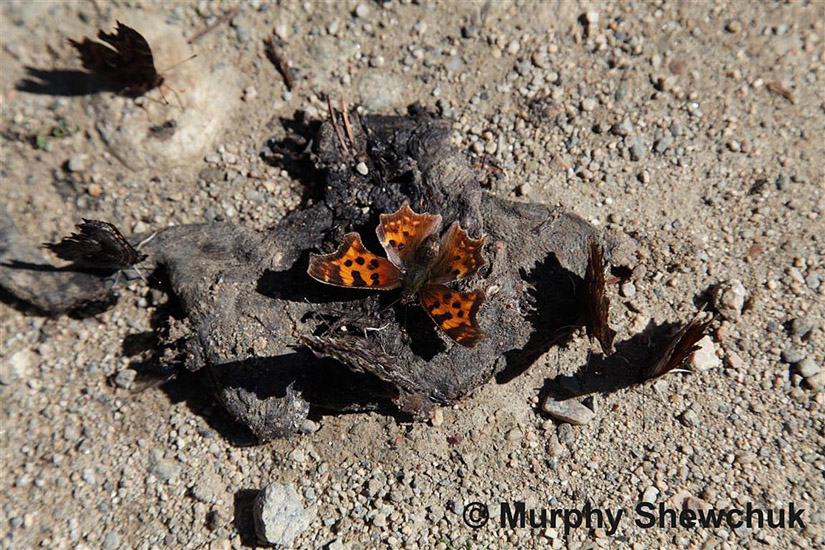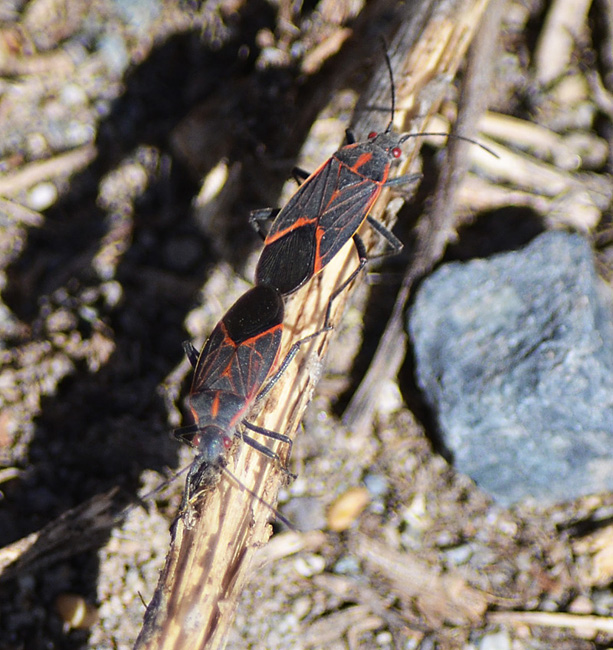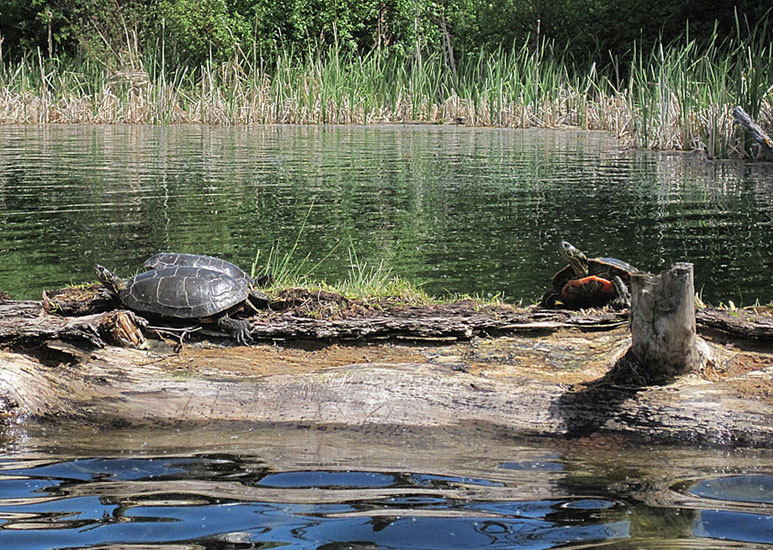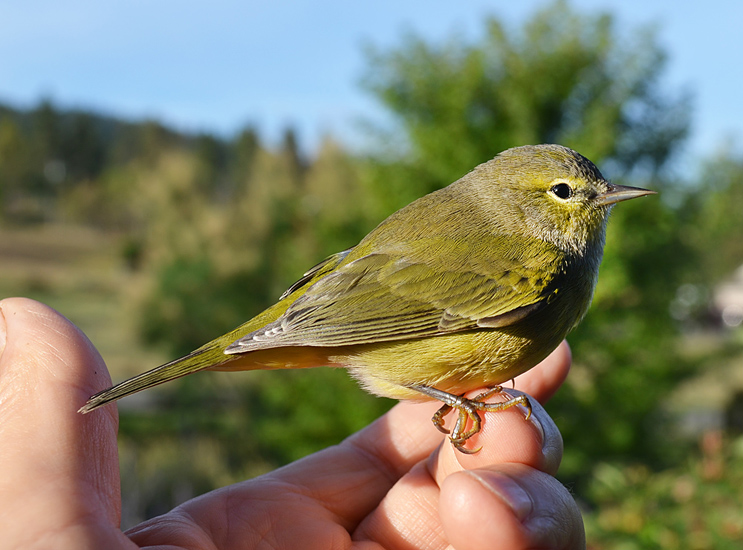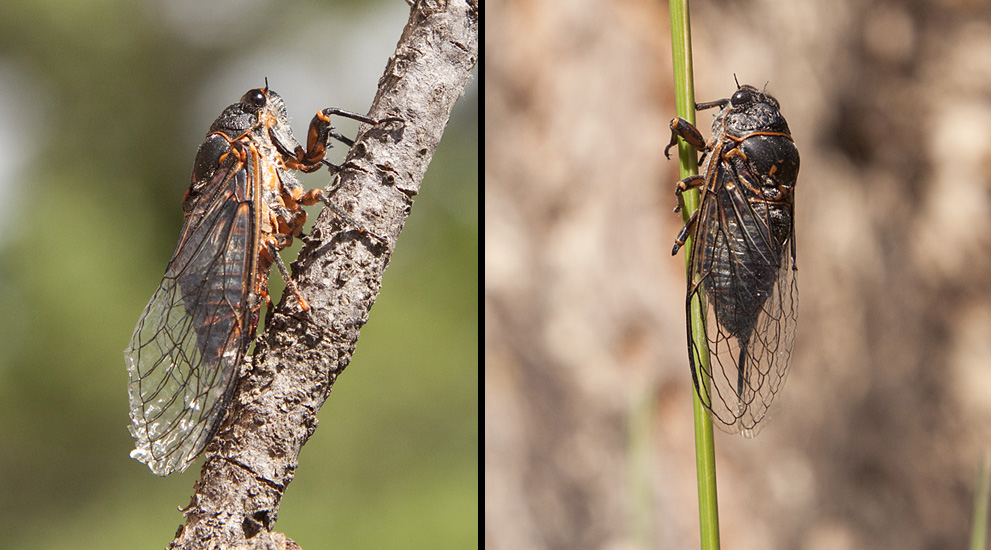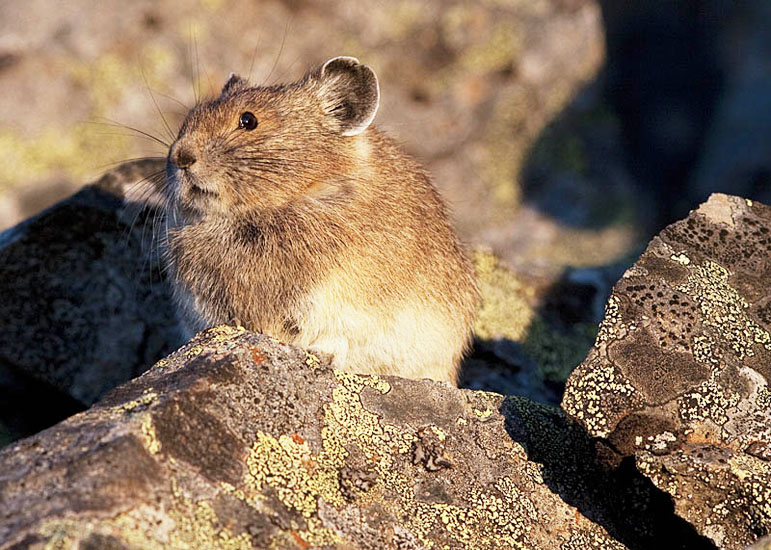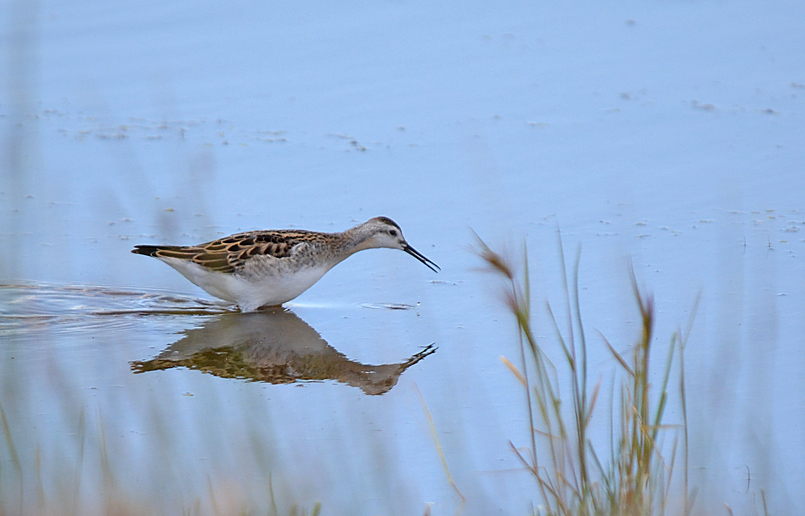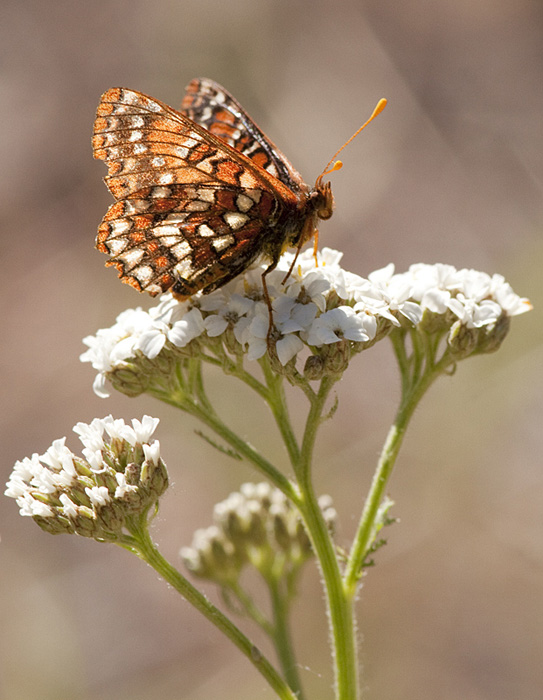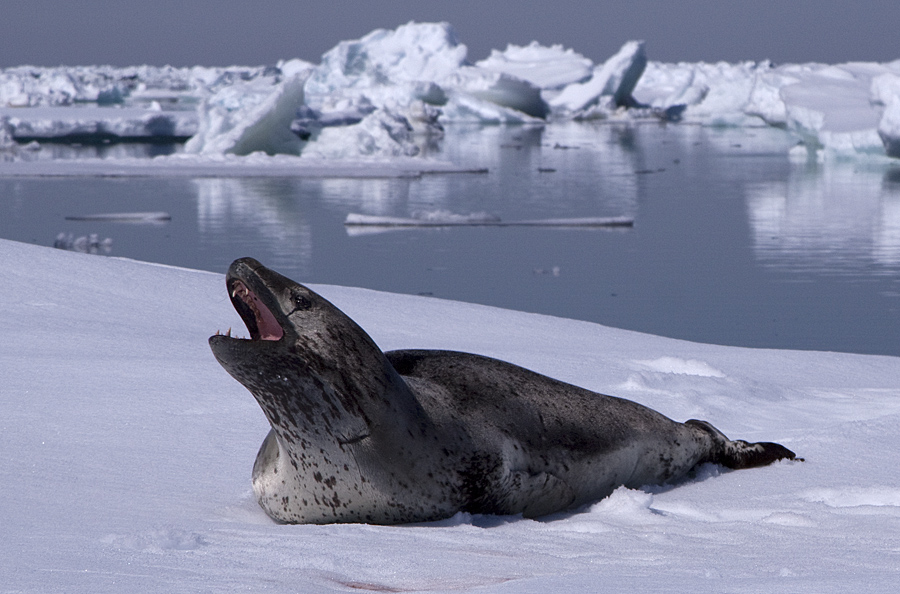For four hectic days – 29 May through 1 June – Nicola Naturalist Society hosted its first BC Nature event, a Spring Camp. Twenty-four BC Nature members from various clubs around BC attended. Activities were centred on the Nicola Ranch cookhouse where lectures and discussions were held and cooks Pat Westheuser and Fiona Flook served up delicious meals. Volunteers from the Nicola Naturalist Society worked long hours in preparation for this event and to keep things running smoothly.
The weekend’s itinerary focused on the fragile, beautiful and threatened grasslands and wetlands. Activities included birding, frogging, enjoying the many spring wildflowers, hiking and learning about the ecology and management of these ecosytems. Presenters included Dr. Alan Burger (ornithologist), Dr Wendy Gardner (grassland ecologist), Dr. Purnima Govindarajulu (herpetologist), Allison Guichon (holistic rancher), Norm Hansen (forester), Dr. Liis Jeffries (biologist), Andrea Lawrence (biologist), Dr. Kristiina Ovaska (herpetologist), Murphy Shewchuk (historian and author) and Robert Sterling (archaeologist and councilor – Lower Nicola Band).
Here are some photos of the event. For a checklist of the birds, mammals and amphibians click here: Nicola Spring Camp 2014 Species List
Camp participants arrived on Thursday afternoon and the first evening was used to introduce visitors to aspects of the history and nature of the Nicola Valley. Murphy Shewchuk talked about the history and geography of the region, while Alan Burger gave a slide show featuring the local fauna and flora.
Friday 30 May was devoted to wetlands, amphibians and birds – in the beautiful Kane Valley. Visiting amphibian experts Purnima Govindarajulu and Kristiina Ovaska with local biologist Andrea Lawrence showed us many examples of local wetland animals, and discussed the ongoing monitoring being undertaken by the Nicola Naturalists and professional partners Biolinx Environmental Research.

Dr. Purnima Govindarajulu explains amphibian ecology at a small pond near Harrison Lake, Kane Valley. Photo: © Alan Burger

Examining the catch – camp participants crowd around to see what was caught in minnow traps set in a pond near Harrison lake, Kane Valley. Tadpoles, water beetles, caddis-fly larvae and other aquatic animals were among the samples. Photo: © Alan Burger
We also explored the Harmon Interpretive Forest bordering Harmon Lake in Kane Valley and made a short visit to Kentucky-Alleyne Provincial Park to see the masses of Western Toad tadpoles and the efforts being made to reduce roadkill of the migrating toadlets at this park. For more information on that Nicola Naturalist project click here: Kentucky-Alleyne Toadlet Project

BC Nature camp participants on one of the trails in the Harmon Interpretive Forest, Kane Valley. Photo: © Alan Burger

Focusing in on the beautiful calypso orchids blooming at the Harmon Interpretive Forest. Photo: © Alan Burger

This enviro-culvert was installed by BC Parks to reduce roadkill of migrating Western Toads at Kentucky-Alleyne Provincial Park. The Nicola Naturalist Society is a partner in this conservation project. Photo: © Alan Burger

Western Toad tadpoles swarming along the shore at West Pond, Kentucky-Alleyne Provincial Park. Photos: © Ian Routley.
On Friday evening we ventured up into the high grasslands of the Douglas Lake Plateau – our goal was to find the elusive and fascinating Great Basin Spadefoots. These small frogs are adapted to dry grasslands and spend most of their lives buried underground. In spring they emerge for a short period of feeding and mating. The loud calls of the males can be heard for almost a kilometer on a calm night. We lucked out – first we heard a chorus of spadefoots calling and then Dr. Kristiina Ovaska skillfully managed to catch one to show us. Along the way we also enjoyed a beautiful sunset and a calm starry night. A Great Horned Owl sat obligingly on a powerline and another was heard calling in the distance.

As the sun set we drove up to the Douglas Lake Plateau, with the beautiful vista of Nicola Lake and the Quilchena Ranch below us. Photo: © Ian Routley.
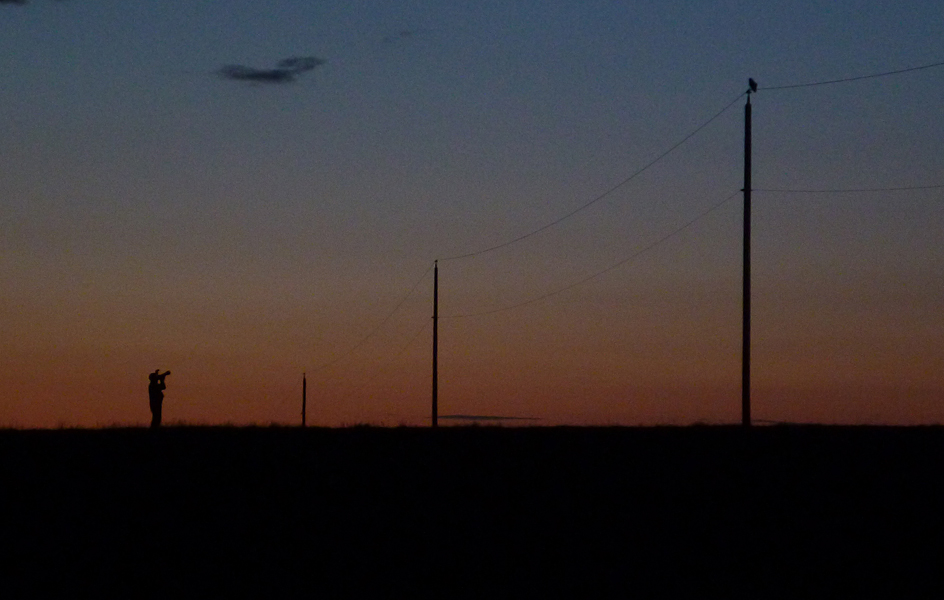
Silhouetted against the sunset, a photographer takes aim at a Great Horned Owl on the power pole. Photo: © Alan Burger
Birding was an ongoing activity throughout the camp, with two pre-breakfast outings for the real keeners. Overall, we tallied 108 bird species with highlights being sightings of two displaying Bobolinks at the Guichon Ranch, a male Peregrine Falcon circling around the cliffs at Nicola Lake where there is a pair nesting, Vaux’s Swifts diving into the chimneys at the historic Quilchena Hotel, a Black-chinned Hummingbird, and good views of Lazuli Bunting, Bullock’s Oriole, Gray Catbird, Horned Lark, and many other local specialties.

Birders scan the Ponderosa Pines and sagebrush near Nicola village on a pre-breakfast birding walk. Photo: © Alan Burger

Cliff Swallows nesting under the eaves of a ranch building. Inset shows one in flight. Photos: © Ian Routley
Saturday was devoted to ranching and grasslands. We visited the Guichon Ranch where five generations of the Guichon family have developed holistic ranching. Current co-manager Allison Guichon explained the philosophy and practical aspects of their ranching activities, with maintenance of biodiversity one of their key goals. Then we headed up to Douglas Lake for a pleasant lakeside picnic. Here Dr Wendy Gardner, a grassland ecologist from Thomson Rivers University, Kamloops, and her graduate student Aaron Coelho explained some of their research. They discussed how grassland ecosystems function, problems with invasive weeds and the changing face of grasslands as a result of climate change. A drive through the beautiful Minnie Lake – Pennask Lake Road loop wrapped up this outing, providing excellent birding and good examples of the grassland systems we had heard about.

Allison Guichon explains the holistic ranching practiced by many generations of her family at the Guichon Ranch near Merritt. Photo: © Alan Burger

Aaron Coelho, a graduate student at Thompson Rivers University, Kamloops, describes his research on grassland ponds and lakes. A fitting setting, with Douglas Lake in the background. Photo: © Alan Burger
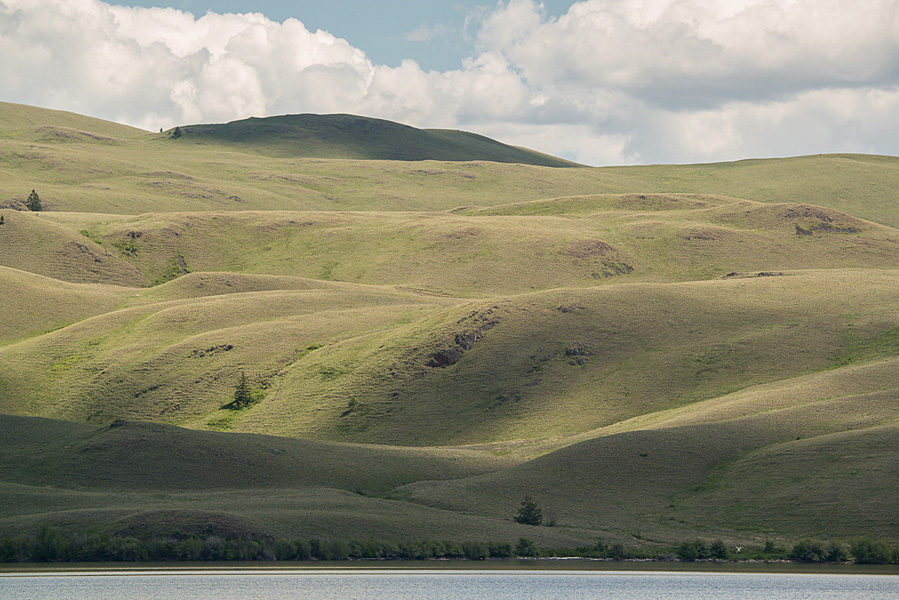
Lake and rolling hills of grass – the splendours of the Douglas Lake Plateau near Merritt. Photo: © Ian Routley

This Yellow-bellied Marmot lives on and under a road bridge at the Nicola village. Photo: © Kate Hill
Sunday, the final day of the camp, was spent at the lakes, grasslands and forests of the Lundbom Common overlooking the Nicola Valley and Merritt. Robert Sterling, an archaeologist and councillor with the Lower Nicola Band, welcomed us to his traditional territory and gave us a fascinating hands-on explanation of the many plants and animals the First Nations people get from the grasslands and forests. Armed with a traditional elk-horn digging stick he showed us how his people harvest “potatoes” – the corms of Western Spring Beauty Claytonia lanceolata. Later Robert and forester Norm Hansen showed us examples of culturally-modified trees – ancient Ponderosa Pines with bark cut away about 150 years ago to mark meeting places along a well-used trade-route. This was followed by a stroll through flower-studded hillsides and excellent birding along forest edges and a marsh. Our camp wrapped up with pie, tarts, tea and coffee, kindly provided by the Nicola Valley Community Round Table at the Laurie Guichon Memorial grasslands interpretation site. Members of the Round Table explained the work done on environmental, social, and health issues affecting the people of the Nicola Valley. Currently, this group is spearheading efforts to curb irresponsible and destructive use of off-road vehicles in the sensitive grasslands, forests and wetlands of the Nicola Valley.
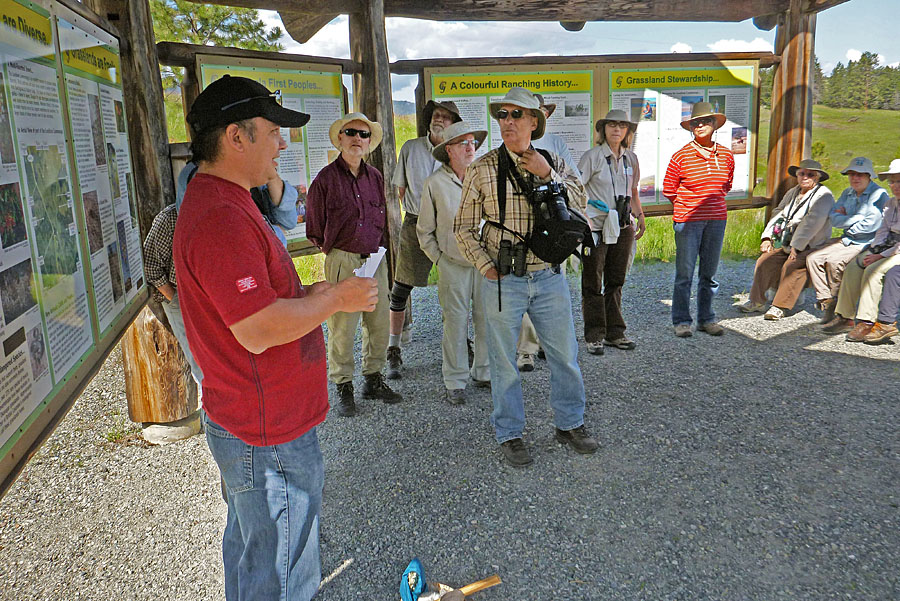
Robert Sterling explains the traditional use of native plants and animals by First Nations people in the Nicola Valley. Photo: Alan Burger.

Robert Sterling digging native “potatoes” (Western Spring Beauty) on the Lundbom Commons grasslands. Photo: © Robert Bear

Robert Sterling used a tradional elk-horn digging stick to dig out a native ‘potato’ – Western Spring Beauty. The inset shows the plant with the walnut-sized corm. Photos: © Alan Burger

Robert Sterling explains the function of this culturally-modified tree – it marked the site where visitors could camp and trade with local people. The blaze was cut over 150 years ago. Photo: © Ian Routley

Enjoying the grassland flowers at Lundbom Common. Yellow Arrow-leaved Balsamroot (Balsamorhiza sagittata) and white Saskatoon (Amelanchier alnifolia) are in full bloom. Photo: © Ian Routley
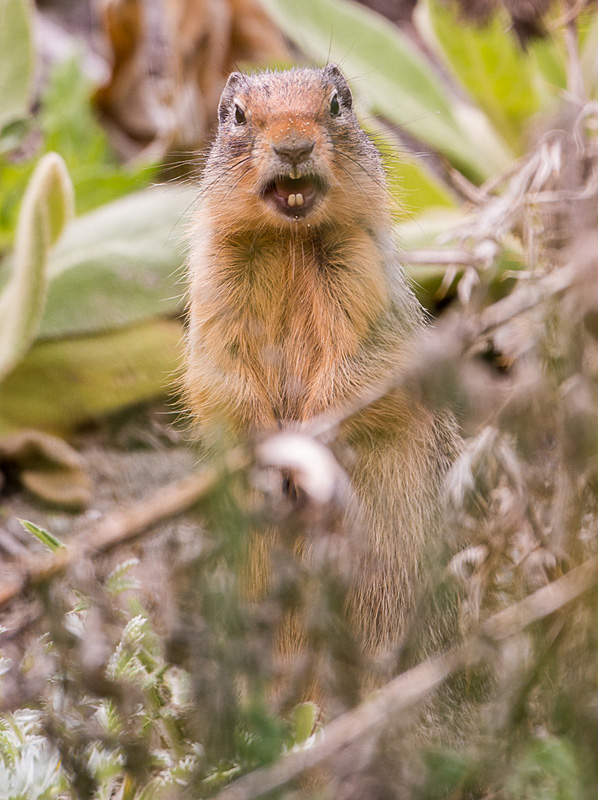
A Columbia Ground-squirrel – a common resident of the grasslands and forest openings in the Nicola Valley. Photo: © Ian Routley.

